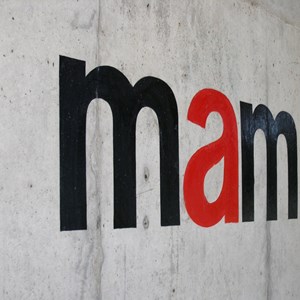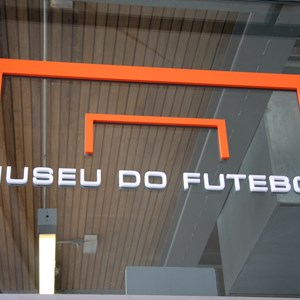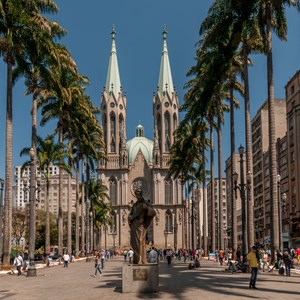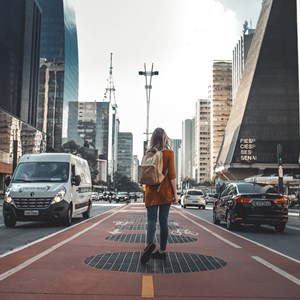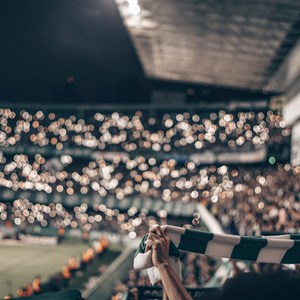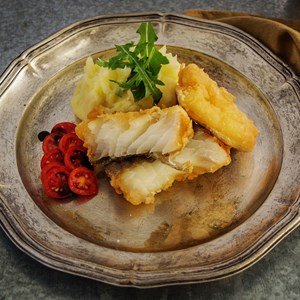

âRio is a beauty. But São Paulo, São Paulo is a city,â said Marlene Dietrich about Brazil's most cosmopolitan city. São Paulo is Brazilâs cultural as well as financial powerhouse, complete with a vibrant music scene, top-designer shopping, and delicious gastronomy, not to mention world-class museums and art galleries. All this is combined with the vibrant local life of Paulistanos, who will surely be easy to make friends with.
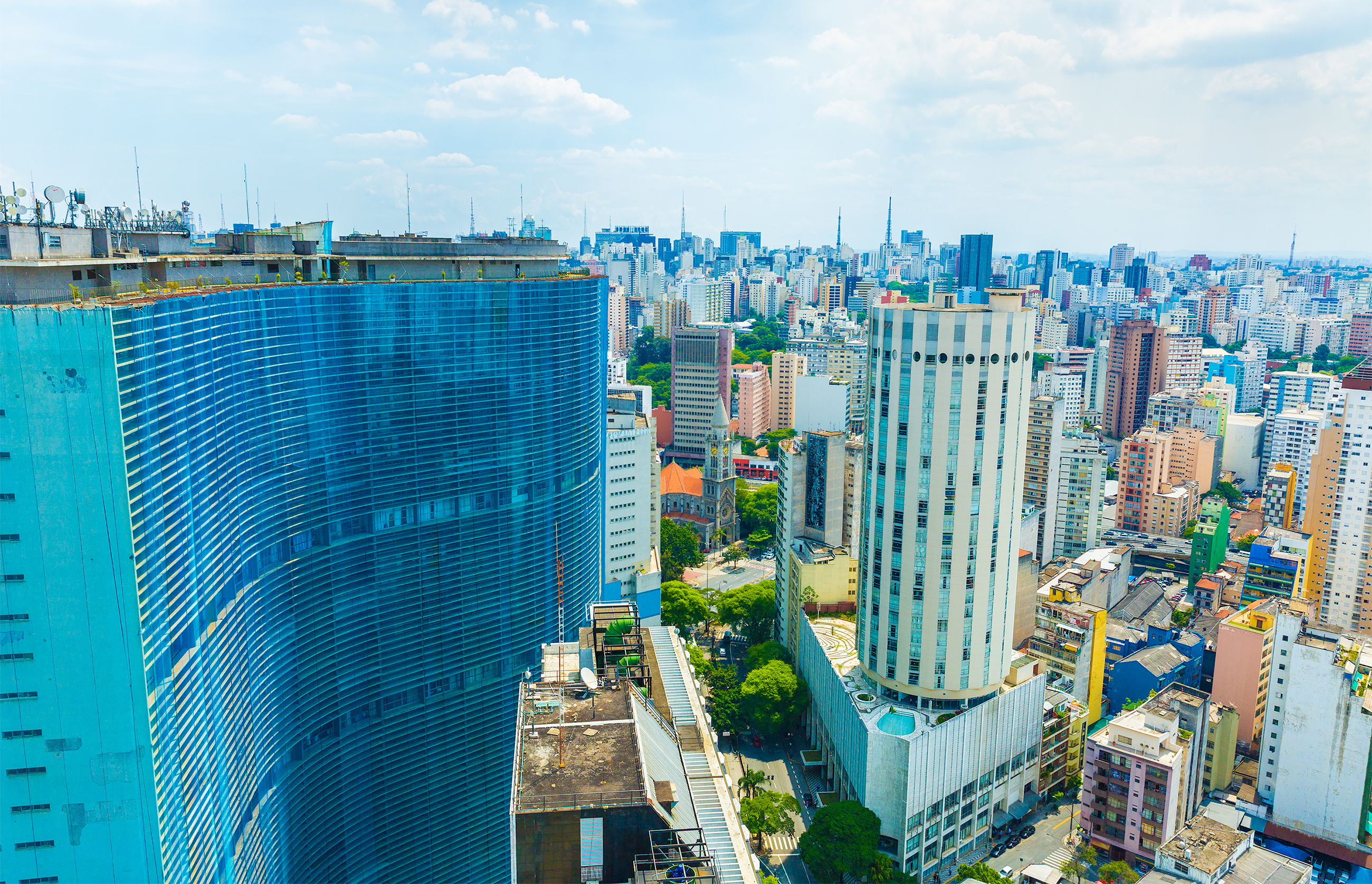 Filipe Frazao/Shutterstock.com
Filipe Frazao/Shutterstock.com
The City
The fourth largest city in the world has over 12 million people spread over an area of 30.000 square kilometres. São Paulo might be huge but it has humble beginnings. In 1554, Portuguese Jesuit priests founded a small mission on a hill close to the Tietê river, which soon became a trading post. Later, when the area around São Paulo was found to be perfect for growing coffee, the city's future prosperity was sealed. Today, São Paulo is the business and unofficial political capital of the country.
A good place to orientate yourself in São Paulo is by Avenida Paulista, lined with high-rise office buildings, which divides the city centre from São Paulo's exclusive and glamorous district, Jardins, where you find the best hotels including Fasano and Hotel Unique. From here, you can easily reach most parts of the city. Praça da Sé and Praça da República, the two squares divided by Vale do Anhangabaú is the old centre of São Paulo. On Rua Boa Vista, you will find the whitewashed baroque Pátio do Colégio, the site of which dates back to the Jesuits' first mission in 1554. Nearby, Triângulo is the city's main financial district and home to São Paulo's imposing stock exchange, BOVESPA. A few blocks away you can find the serene São Bento Monastery. Northeast is the imposing neo-gothic central market, Mercado Municipal. South of here is the commercial district of Bela Vista, nicknamed Bixiga, once a hub for Italian immigrants. Then you'll find the Liberdade district, home to the world's largest ethnic Japanese community outside Japan.
Rua Augusta slices across Avenida Paulista into the Jardins neighbourhood. Around Praça Franklin Roosevelt, you'll find many of the city's best shops and restaurants. Southwest of Jardins is the fashionable neighbourhood of Pinheiros, with some of the best bars and nightclubs in the city. Across Rio Pinheiros is the vast campus of the Universidade de São Paulo. Southeast from here is the huge green space of Parque Ibirapuera, offering a respite from the hustle and bustle of São Paulo.
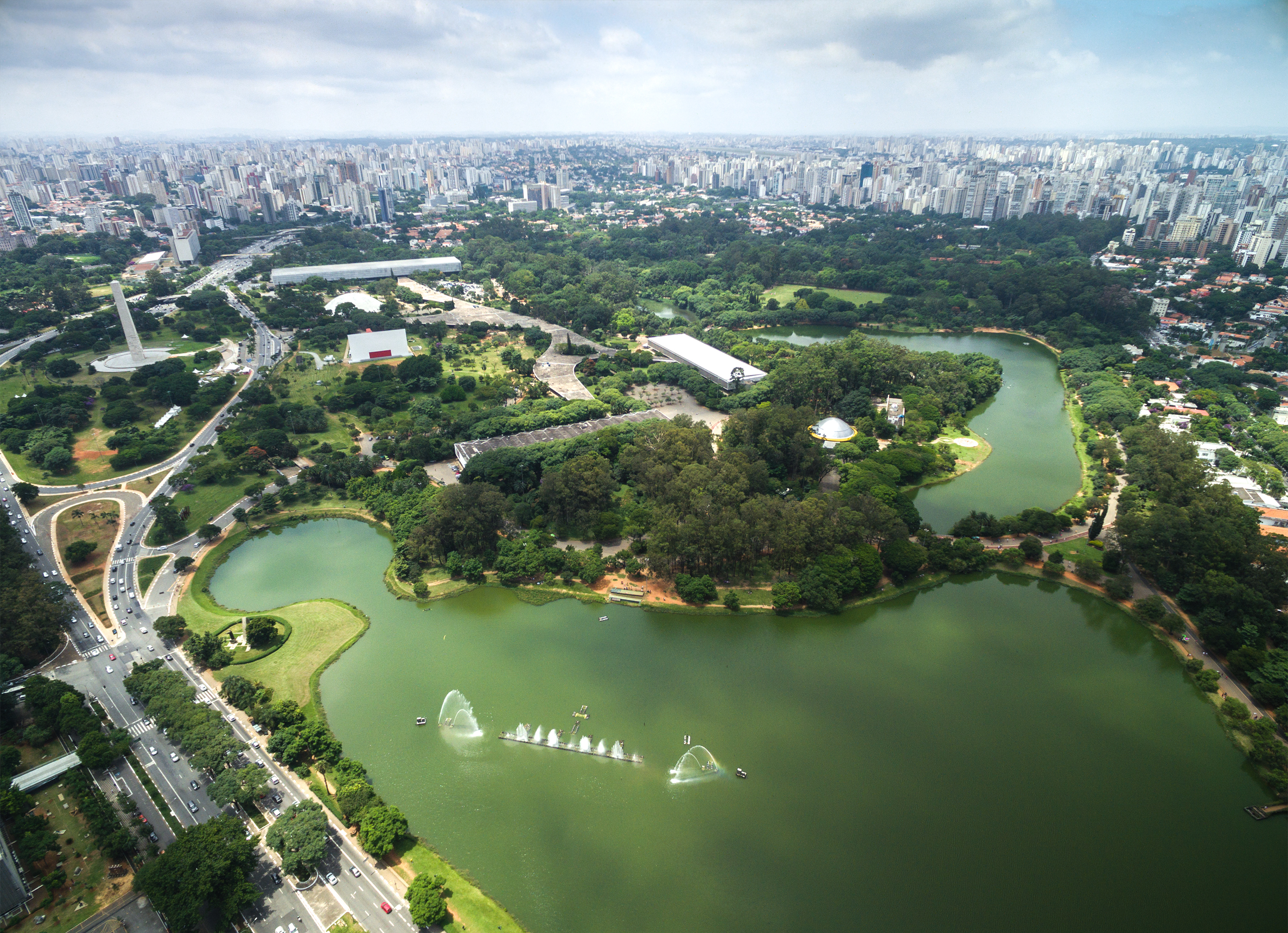 Filipe Frazao/Shutterstock.com
Filipe Frazao/Shutterstock.com
Do & See
Most of São Paulo's main attractions are located in the city centre, the area bounded by the Tietê river on the north, the Pinheiros river to the west, Avenida dos Bandeirantes on the south and Avenida Salim Farah Maluf to the east.
As the country's largest mega-metropolis, São Paulo has something for everyoneâthe culture vulture, the jazz fan, the clubber, the football fanatic, and the gourmand. To take in the scale of São Paulo's history visit Pátio do Colégio to see its beginnings. Then visit the legendary Brazilian architect and designer of BrasÃlia, Oscar Niemeyer's space-age OCA museum. For a breathtaking glimpse of where São Paulo is going, you cannot beat the view from the top of the Italia Building on Avenida Ipiranga at the corner of Avenida São LuÃs.
 Thiago Leite/Shutterstock.com
Thiago Leite/Shutterstock.com
Parque do Ibirapuera
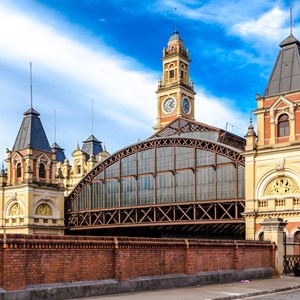 Filipe Frazao/Shutterstock.com
Filipe Frazao/Shutterstock.com
Museum of the Portuguese Language
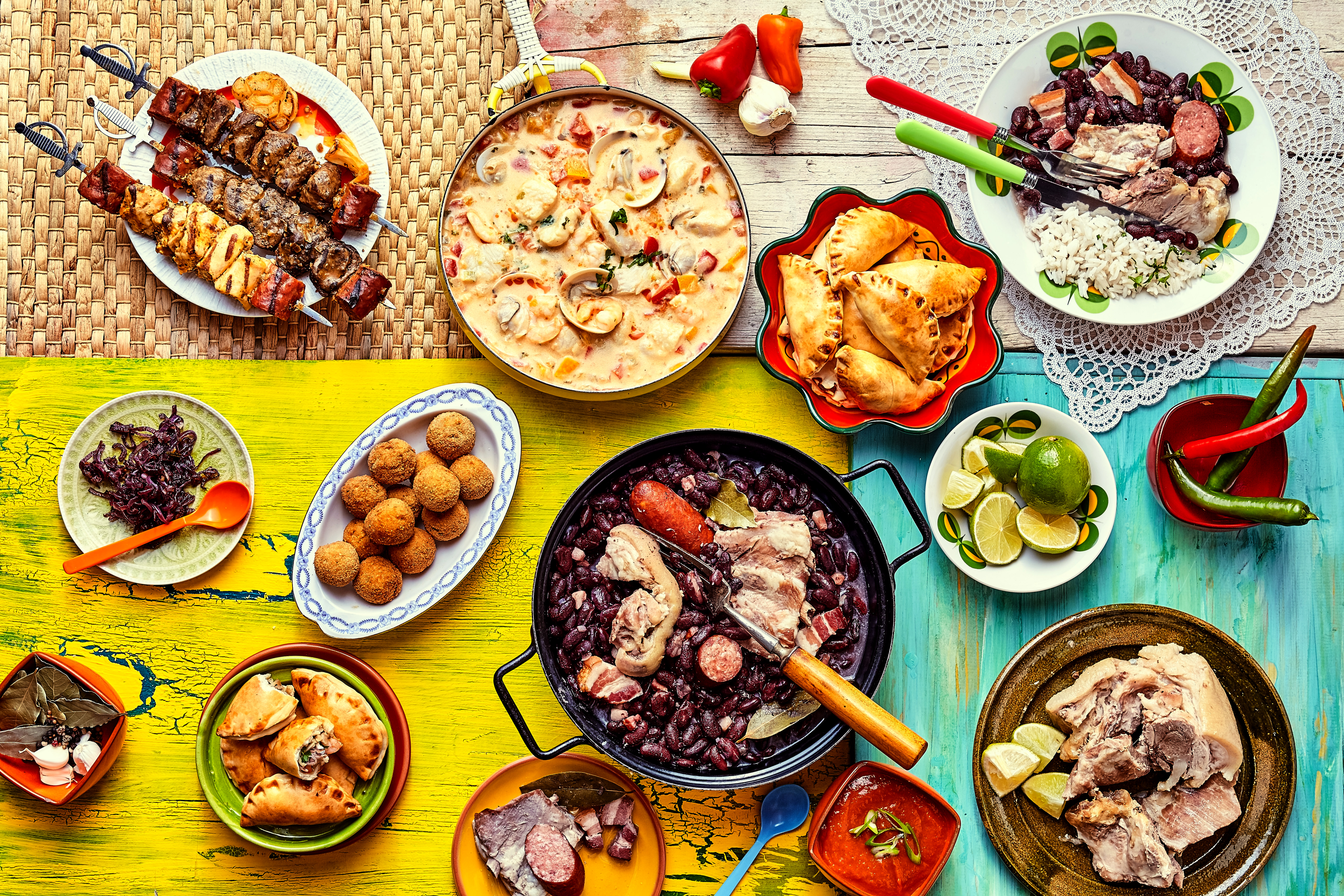 stockcreations/Shutterstock.com
stockcreations/Shutterstock.com
Dining
São Paulo's best restaurants are to be found in the Jardins, Itaim Bibi, Pinheiros, and Vila Madalena neighbourhoods. However, for those on a smaller budget, you can get a delicious hearty meal at side street restaurants called "lanchonetes", which are a mix between a café and a bakery.
The best non-Brazilian cuisine tends to be Italian, Middle Eastern, Chinese, and Japanese. The Portuguese restaurants are pretty spectacular too.
 stockcreations/Shutterstock.com
stockcreations/Shutterstock.com
Mocotó
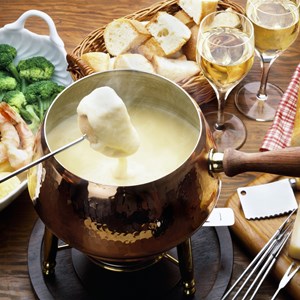 KPG Payless2/Shutterstock.com
KPG Payless2/Shutterstock.com
Chalezinho
 Alexander Raths/Shutterstock.com
Alexander Raths/Shutterstock.com
Rubaiyat
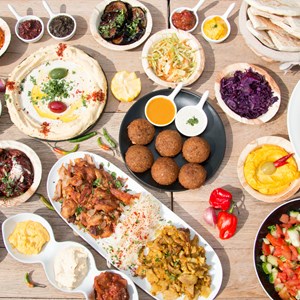 Mustafa Ertugral/Shutterstock.com
Mustafa Ertugral/Shutterstock.com
Arábia
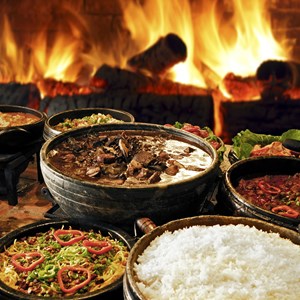 rocharibeiro/Shutterstock.com
rocharibeiro/Shutterstock.com
Capim Santo
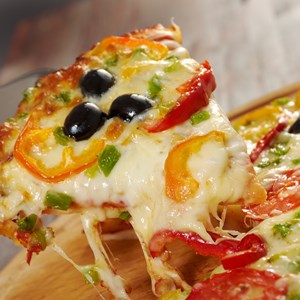 Fanfo/Shutterstock.com
Fanfo/Shutterstock.com
Veridiana Pizzaria
 svry/Shutterstock.com
svry/Shutterstock.com
Le Chef Rouge
 farbled/Shutterstock.com
farbled/Shutterstock.com
Andrade
 Kzenon/Shutterstock.com
Kzenon/Shutterstock.com
Due Cuochi Cucina
 hlphoto/Shutterstock.com
hlphoto/Shutterstock.com
Fogo de Chão
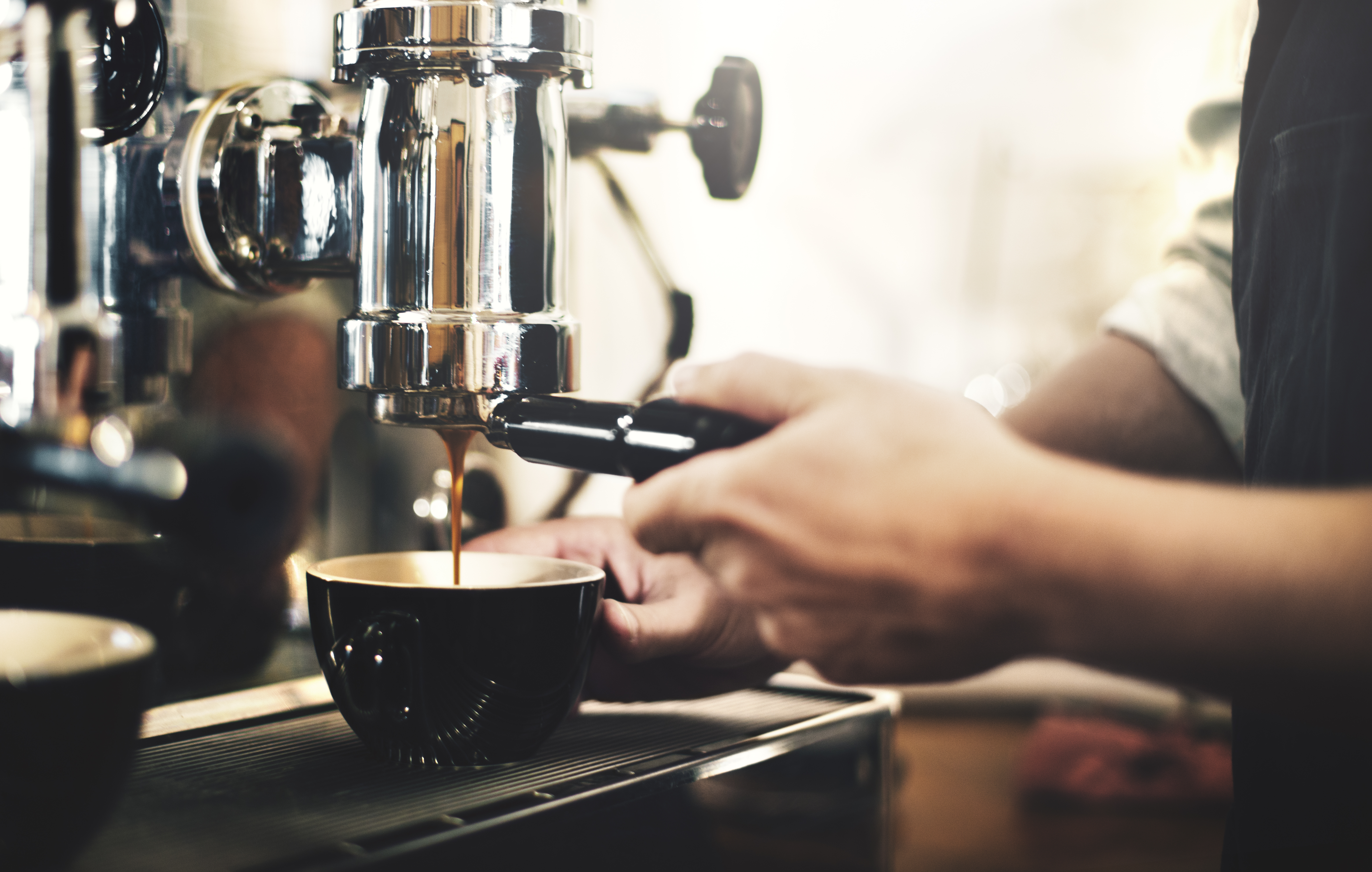 Rawpixel/Shutterstock.com
Rawpixel/Shutterstock.com
Cafes
Coffee is a fundamental part of Brazilian culture. âCafézinhoâ (small coffee) is a symbol of hospitality throughout the country and is the most common type of coffee style served here. These small cups of strong, black coffee are enjoyed throughout the day â and hot, despite Brazilâs warm climate.
Paulistanos love a good bakery or as they like to call it "padoca" (short for padaria). Theyâre almost like extensions of their homes. Most locals love to drink a âpingadoâ (coffee with a dash of milk, similar to âcortadoâ) and eat a âpão na chapaâ (toasted bread, done on a grill or hot plate).
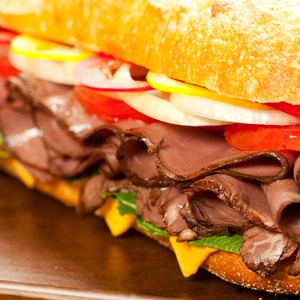 msheldrake/Shutterstock.com
msheldrake/Shutterstock.com
Ponto Chic
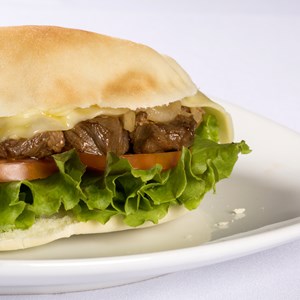 Paulo Vilela/Shutterstock.com
Paulo Vilela/Shutterstock.com
Frevo
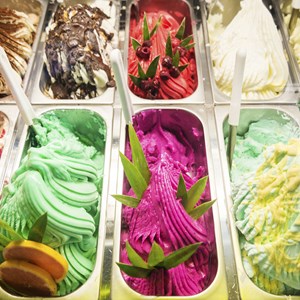 JM Travel Photography/Shutterstock.com
JM Travel Photography/Shutterstock.com
Bacio di Latte
 DisobeyArt/Shutterstock.com
DisobeyArt/Shutterstock.com
Bars & Nightlife
The hometown of electro-hipster group CSS, São Paulo's eclectic nightlife is the best in Brazil. Bela Vista has plenty of live music and draws a mixed crowd, while Vila Madalena and adjoining Pinheiros are full of trendy, bohemian nightspots and clubs where you can enjoy a nice cold beer and check out the scene. The Jardins district offers upmarket bars for a more mature as well as the LGBT crowd. Head to the bar at the Fasano Hotel for the best Caipirinha you are likely to taste anywhere. Itaim Bibi and Vila OlÃmpia are where you will find the trendy up-and-coming clubs.
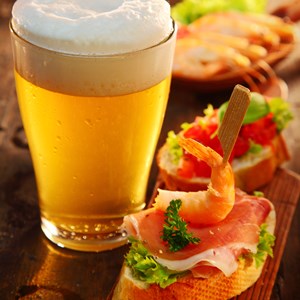 stockcreations/Shutterstock.com
stockcreations/Shutterstock.com
Empanadas
 Geoff Goldswain/Shutterstock.com
Geoff Goldswain/Shutterstock.com
All of Jazz
 Pressmaster/Shutterstock.com
Pressmaster/Shutterstock.com
Café Piu Piu
 Pavel L Photo and Video/Shutterstock.com
Pavel L Photo and Video/Shutterstock.com
D-Edge
 Nejron Photo/Shutterstock.com
Nejron Photo/Shutterstock.com
Bar do Luiz Fernandes
 Room 76/Shutterstock.com
Room 76/Shutterstock.com
Empório Alto dos Pinheiros
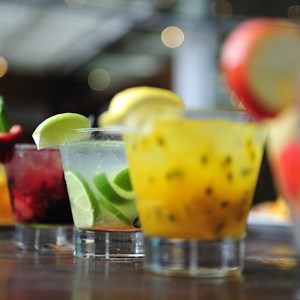 T photography / Shutterstock.com
T photography / Shutterstock.com
Bar Veloso
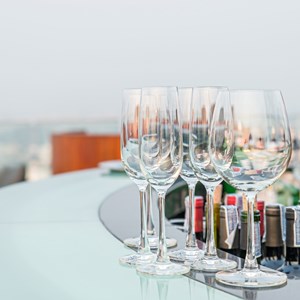 Prasit Rodphan / Shutterstock.com
Prasit Rodphan / Shutterstock.com
Skye
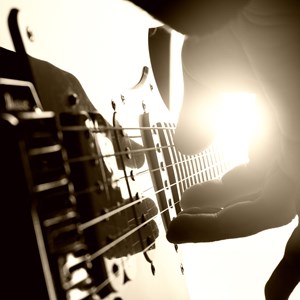 Nomad_Soul / Shutterstock.com
Nomad_Soul / Shutterstock.com
Bourbon Street Music Club
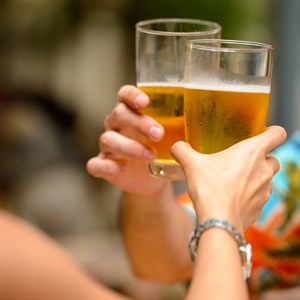 Ranta Images/Shutterstock.com
Ranta Images/Shutterstock.com
Capitão Barley
 Pavel L Photo and Video / Shutterstock.com
Pavel L Photo and Video / Shutterstock.com
Canto da Ema
 Billion Photos / Shutterstock.com
Billion Photos / Shutterstock.com
Shopping
São Paulo's shopping possibilities are extensive and the city offers lots of intriguing browsing. The success of São Paulo Fashion Week has drawn many top designers here but there are other delights on offer, from food markets to huge air-conditioned shopping malls. The main shopping hub is in Centro around the Praça da Republica, particularly off Avenida Iparanga and Rua 25 de Março.
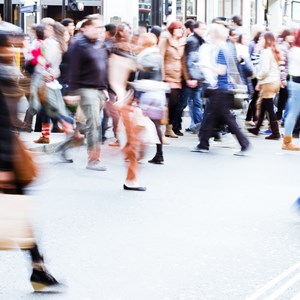 Christian Mueller / Shutterstock.com
Christian Mueller / Shutterstock.com
Jardins District
 blurAZ / Shutterstock.com
blurAZ / Shutterstock.com
Rua 25 de Março
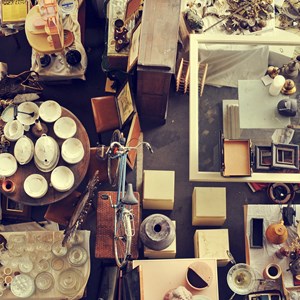 nito / Shutterstock.com
nito / Shutterstock.com
Feira Benedito Calixto
 Pressmaster / Shutterstock.com
Pressmaster / Shutterstock.com
Shopping JK Iguatemi
 connel / Shutterstock.com
connel / Shutterstock.com
Livraria Cultura
 michaeljung / Shutterstock.com
michaeljung / Shutterstock.com
Shopping Pátio Higienópolis
 Seqoya / Shutterstock.com
Seqoya / Shutterstock.com
Rua do Arouche
 Itsra Sanprasert / Shutterstock.com
Itsra Sanprasert / Shutterstock.com
Morumbi Shopping
 Rodrigo Kristensen / Shutterstock.com
Rodrigo Kristensen / Shutterstock.com
Ponto Solidário
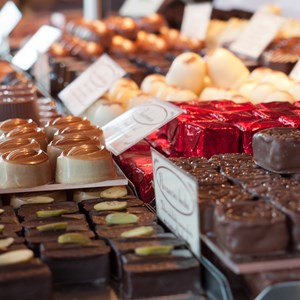 Annto / Shutterstock.com
Annto / Shutterstock.com
Chocolat Du Jour
 Filipe Frazao/Shutterstock.com
Filipe Frazao/Shutterstock.com
Tourist Information
São Paulo-Guarulhos International Airport (GRU)
São Paulo is served by the Guarulhos International Airport, also known as Cumbica, located 30 kilometres northeast of the city.
Blue air-conditioned EMTU buses operate between the airport and the city centre. The buses stop at Tietê bus terminal, Praça da República, the major hotels along Avenida Paulista, Brooklin Novo, Barra Funda, and Congonhas. The journey to Avenida Paulista takes 1 hour and 15 minutes. The buses leave every 30-90 minutes. A cheaper option is to take a bus to Bresser metro station and then take a train to the city centre. You can also take a blue and white taxi or request an Uber.
Congonhas airport is located 14 kilometres south of São Paulo's city centre (a 30-minute drive) serving domestic airlines.
Address: São Paulo-Guarulhos International Airport, São Paulo
Email:
Phone:
Website: www.gru.com.br/en
More Information:
Buses
São Paulo has an extensive public transport system. Bus services are frequent and cover the entire city, but congestion can sometimes make travelling slow. With stops clearly marked, bus routes are easy to find. There are different tickets to suit your needs.
Address:
Email:
Phone:
Website: www.sptrans.com.br
More Information:
Metro
São Paulo's metro system is efficient and easy to use. There are six lines and nearly 100 subway stations. The network covers most of the city's attractions and will help you save time escaping the chaotic traffic of the city. The metro in São Paulo runs every day from 4:40 am to midnight.
Address:
Email:
Phone:
Website: www.metro.sp.gov.br/index.aspx
More Information:
Taxi
Taxis in São Paulo are white. You can either hail one on the street, call for one, or find a taxi at marked points around the city.
Here are a few taxi companies in São Paulo: Use Taxi (+55 11 5582 2000), Call Taxi São Paulo (+55 11 2101 3030) und Coopertax (+55 11 2095 6000).
Another option for lower fares is the rideshare company Uber.
Address:
Email:
Phone:
Website:
More Information:
Post Office
The Post Office in Brazil is called Correios. The Central Post Office in São Paulo is located downtown at Praça Pedro Lessa. Yellow postal kiosks can be found throughout the city. Many can be found on Av. Paulista. The Post Office at the international airport of Guarulhos is open 24 hours.
Address: Praça Pedro Lessa, São Paulo
Email:
Phone:
Website: www.correios.com.br
More Information:
Pharmacy
Pharmacies, called farmácias or drogarias, can be found throughout the entire city. Most pharmacies will deliver 24 hours a day, usually for a small surcharge. Ask your concierge for the nearest one.
A few pharmacies in São Paulo that are open 24 hours. Drogasil in Consolação is one of them.
Address: Drogasil, Rua Augusta, Consolação, São Paulo
Email:
Phone: +55 11 94129 6331
Website:
More Information:
Telephone
Country code: +55
Area code: 11
Address:
Email:
Phone:
Website:
More Information:
Electricity
The voltage in São Paulo is 127 V. Some hotels might have 220 V outlets. Plugs: type N (3 round prongs).
Address:
Email:
Phone:
Website:
More Information:





